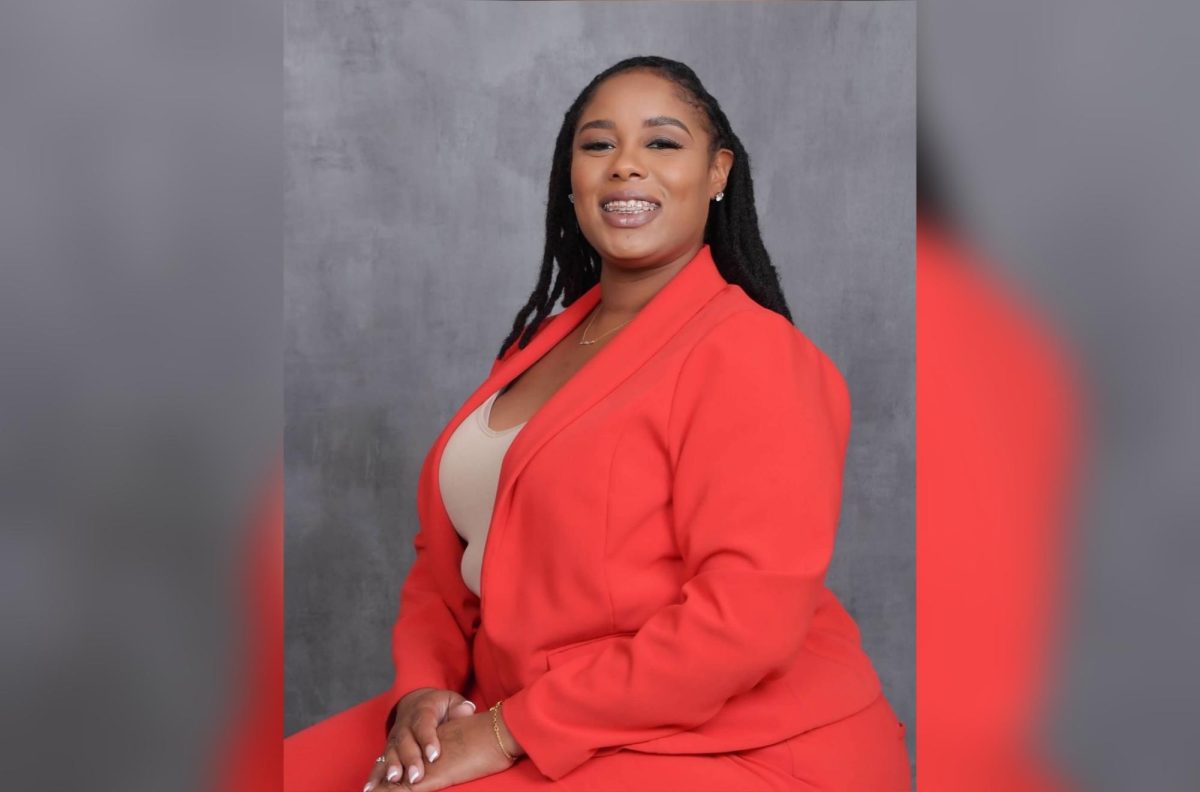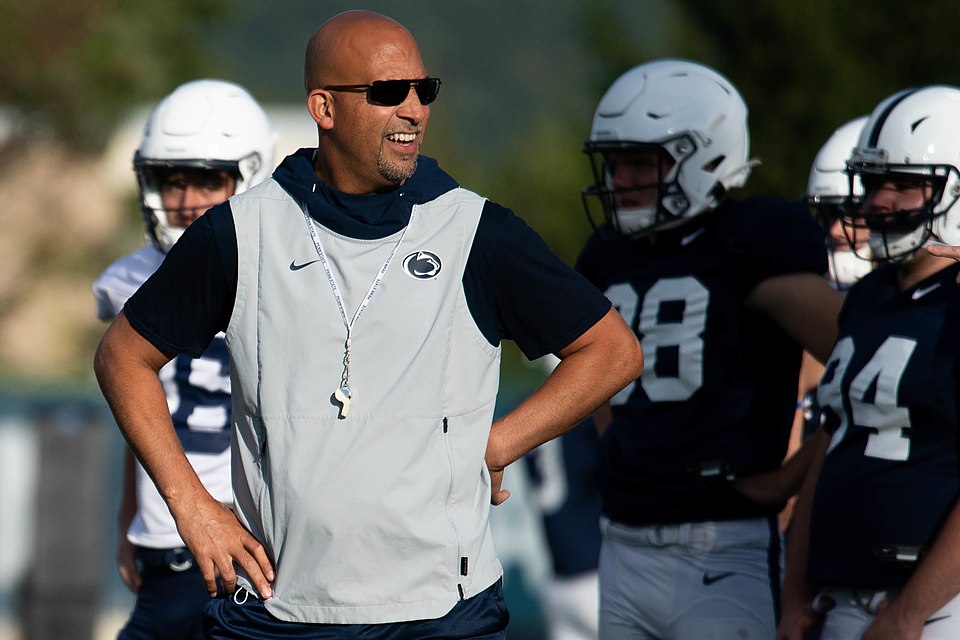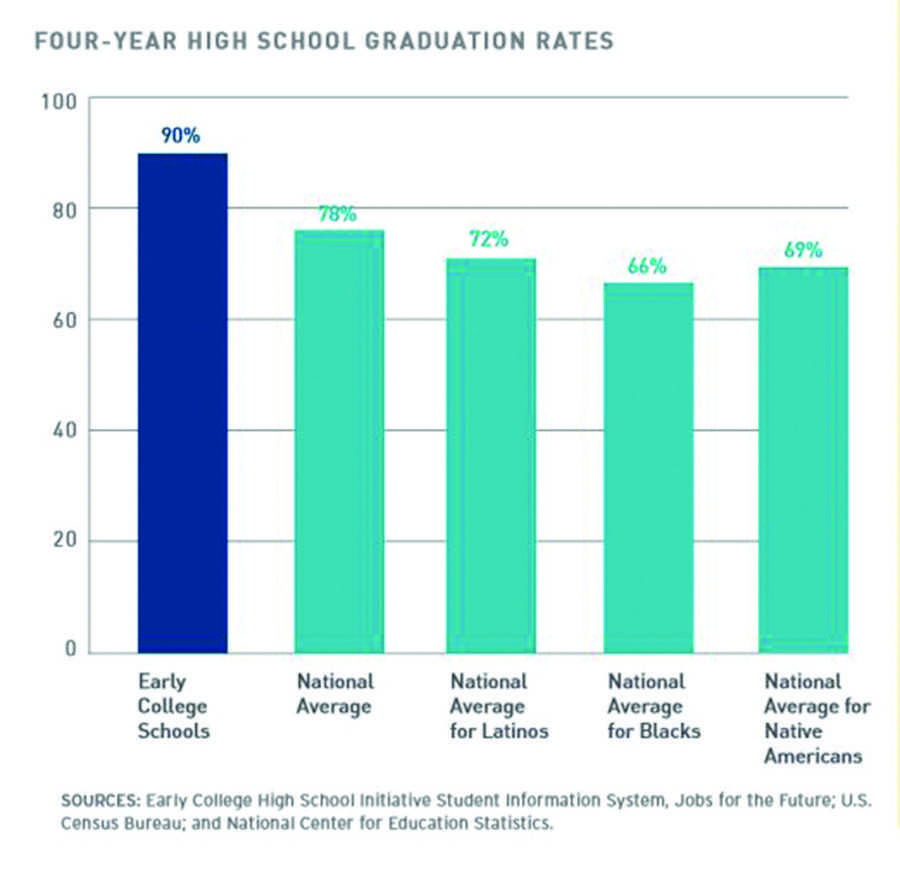HCC accelerates college for students
February 26, 2015
Houston Community College offers tuition-free classes for high school students through the dual credit program. Dual credit allows high school students to take college-level classes and apply the credit both toward their high school diploma and a college degree.
“It’s a very successful program. I think that people ought to know that we do have good students in dual credit,” said Program Director Monique Smith. Smith is the director of HCC Central college’s dual credit and early college high school program. She continued, “a lot of people have the tendency to think that because they’re high school kids they’re not, um, mature enough intellectually—mature enough emotionally—to handle the college environment. But what I have found is that with proper support and academic guidance, they are able to handle it.”
According to institutional data, HCC has 5,720 dual credit students enrolled in the Spring 2015 semester. That number includes all the dual credit students on HCC campuses and at high schools HCC has partnered with. All six HCC colleges offer dual enrollment. HCC dual credit classes are often taught at high schools, but early college high school students, homeschoolers and others also take HCC classes on the college campuses. High schools in Houston ISD, Alief ISD, Spring Branch ISD, Fort Bend ISD, Katy ISD, Stafford ISD, North Forest ISD as well as some private and charter schools partner with HCC to offer dual credit classes on their campuses.
Dual credit classes are college-level classes taught by college faculty, using the same curricula, materials and grading methods as other college classes. The program is approved and regulated by the Texas Higher Education Coordinating Board.
With the exception of out-of-district fees, the HCC Board of Trustees has waived tuition for dual credit students. Out-of-district dual credit students only have to pay the out-of-district fees. According to the HCC tuition calculator, the difference between in-district and out-of-district cost for a three-credit-hour course is $216 for Spring 2015.
“They all love it,” Smith said, referring to both participating students and their parents, “for parents, of course, it is always a tuition break.”
The waived tuition for dual credit students is a policy voted on by the elected HCC Board of Trustees. It’s a policy which is subject to change by the board’s vote.
Smith explained that based on the Memorandum of Understanding HCC has its ISD partners, the cost of the dual credit students’ college textbooks is passed on to the school. Dual credit students are not eligible for financial aid; a high school diploma or GED is required to receive financial aid.
Dual students are allowed to enroll in two classes per Spring, Summer or Fall regular semesters, unless they can prove exceptional academic ability.
Smith said that on average, if a student begins taking college classes in the 11th grade they will graduate high school with about twelve hours of college credit, but students who only begin taking college classes in their senior year graduate high school with an average six to nine college credits.
An Oct. 2014 study conducted by Texas-ACT College Success Research Consortium found that students with dual credit were 15 percent more likely to earn a bachelor’s degree in six years than students with no dual credit experience.
Dual credit students usually take core curriculum courses, but Smith has had students take classes like accounting while still in high school. To a certain point, they have flexibility in their course selection. However, Smith cautioned, “When we say dual credit, it means that it should count for high school credit as well.” Smith gave an example of how state articulation agreements work, “If the student takes English 1301 at the college level, let’s go ahead and equate that. Give them half a credit for [high school] English 3A, English 4B, so on and so forth.”
“Of course, they have to have their college readiness in reading and writing especially,” Smith added. Like other HCC students, dual credit students must meet the State of Texas Success Initiative or TSI requirements and meet course prerequisites. Students must place into college-level courses, remedial courses may not be taken for dual credit.
Also, two early college high schools come to HCC’s Central campus: the Houston Academy of International Studies and South Early College High School. “They start dual enrollment from the 9th grade,” Smith explained, “so they’re graduating with their associate’s degree at 12th grade, which is a really great program.”
Houston ISD has five early college high schools. “It’s a public high school system, it’s just a special type of program that allows them to take college [classes]…” Smith continued, “They’re not only doing college, they’re doing college and high school, so it’s a very rigorous thing.”
The national organization, Jobs for the Future, reports that 90 percent of early college students graduate high school compared to the national rate of 78 percent.
“The [college] culture is becoming more accepting that [dual credit students] are here. I think it’s because of the presence of the early college high school kids,” Smith said.
Smith continued, “The students love the program and they think college is easy. And the parents definitely love the benefit of being able to accelerate their child’s learning. That’s the biggest thing is that acceleration.”
———
HCC’s dual credit program can be found here: http://bit.ly/1vxYI1k
The Texas dual credit ACT study can be found here: http://bit.ly/1vw3YCX
The early college data can be found here: http://bit.ly/1DCyCOb

























